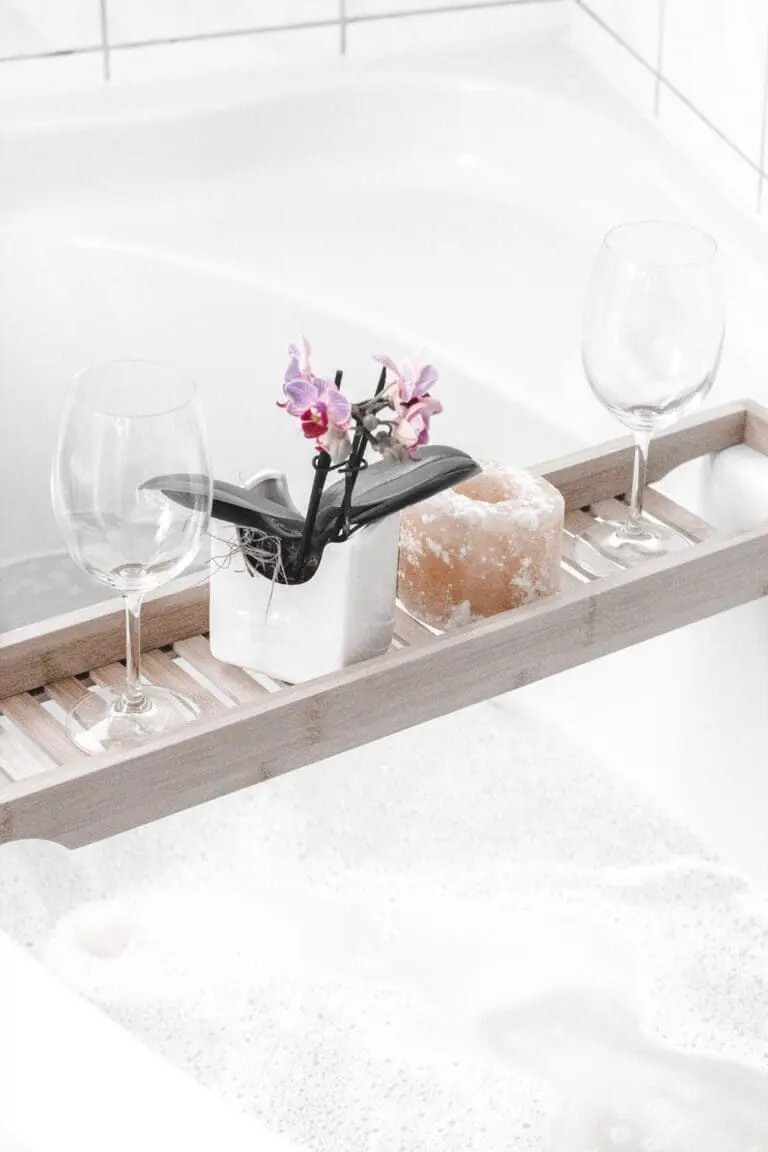The Magic of the Scientific World

Most of us have seen photographs or TV shows that portray scientists working in a lab. They’re usually shown in white coats inserting some type of liquid substance into tiny little vials. Although that is a part of a scientist’s job, it is not all they do. Modern scientific equipment such as cell culture plates allows scientists to grow real cells from multiple cell culture dishes at once. This tool can help scientists study bacteria or viruses, drug interactions, aging, and more.
What Is a Cell Culture Plate?
Cell culture plates usually come with 6, 12, 24, or 48 wells and are made out of either glass or some type of hard plastic. Naturally, the plates are sterile, and they have chimney-shaped wells that help the cell culture dishes stay in place while the scientist works with them. They are also easily stackable so that labs can keep many of them on hand at any given time. Additionally, the plates are compatible with automated systems to help expedite research.
Many types of cell culture plates are available, so finding the right one usually depends on what type of cells are being used in the experiment. Surface treatments and materials, in particular, are important to consider because they impact types of cells differently. The number of wells is another important factor, and that decision depends on the number of simultaneous cell cultures you want to compare at one time. Overall, working with the company you choose to purchase cell culture plates from is likely your best option to ensure you are making the right choice.
Companies such as Greiner Bio-One sell cell culture plates of all kinds and are more than willing to help you find the right cell culture plate for your needs. In fact, each plate is made for a particular purpose, allowing you to choose the right arrangement, depth, and diameter for your experiment. Some cell culture plates are coated with treatments such as collagen, yet they are still made tough enough to allow you to work with them without feeling like you have to be overly gentle. Many other coatings are available as well. To ensure consistency and quality, cell culture plates must meet certain criteria before they are even made available to the public.
Is This All They Need?
If you have a son or daughter interested in any career in the science field, they’ll likely be curious about learning more about what lab technicians and scientists actually do. To perform their many sIf you have a son or daughter interested in any career in the science field, they’ll likely be curious about learning more about what lab technicians and scientists actually do. To perform their many scientific experiments – and there is tons of variety depending on which area of science they choose – scientists use specialized equipment, which includes things such as an inverted microscope, centrifuge, pipette, and cell culture plate. You can now buy most of these items online, such as knowing where to buy distilled water, which makes it easy to conduct experiments at home! Although this equipment may be too advanced for your child now, their future training can teach them how to use each tool successfully.
The next time you view a TV scientist on your favorite detective show at work in the lab, it’s cool to think that you can identify a few of the pieces of equipment being worked with, and this includes the 6- to 48-well cell culture plate. It is a necessary part of many experiments and has played a role in many important scientific innovations and discoveries.
Similar Posts:
- None Found









